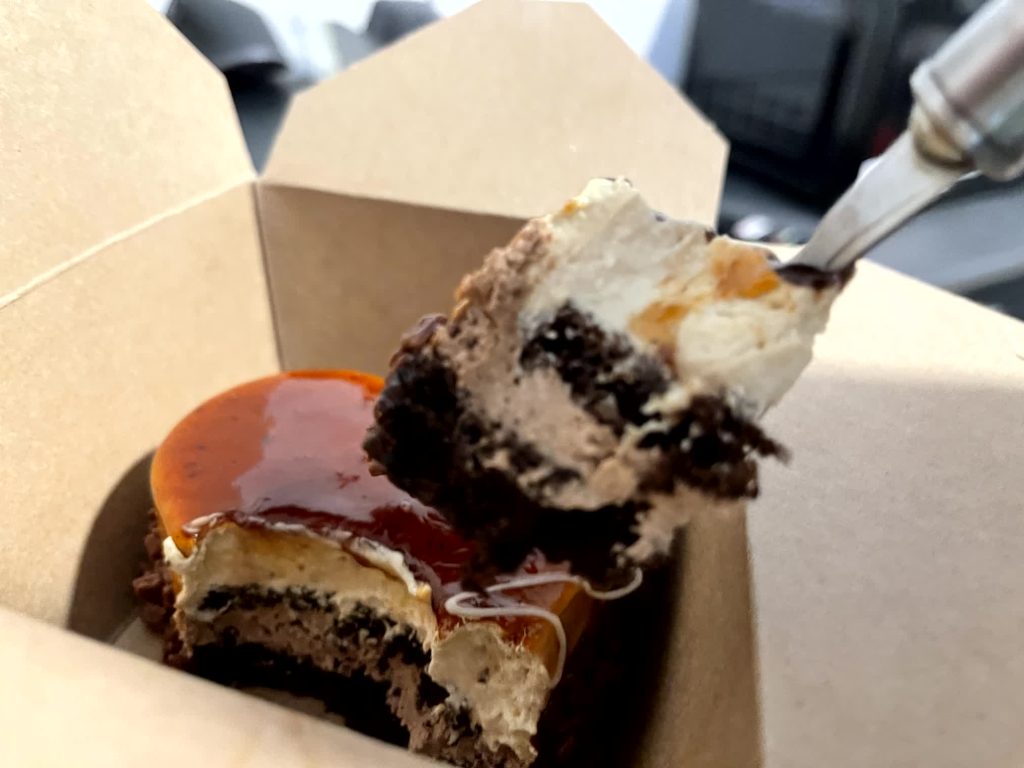As I step outside a sporty Mercedes pulls onto the curb in front of me. Another engine revs in the distance. A BMW pulls into view, driven at speed, the engine working hard.
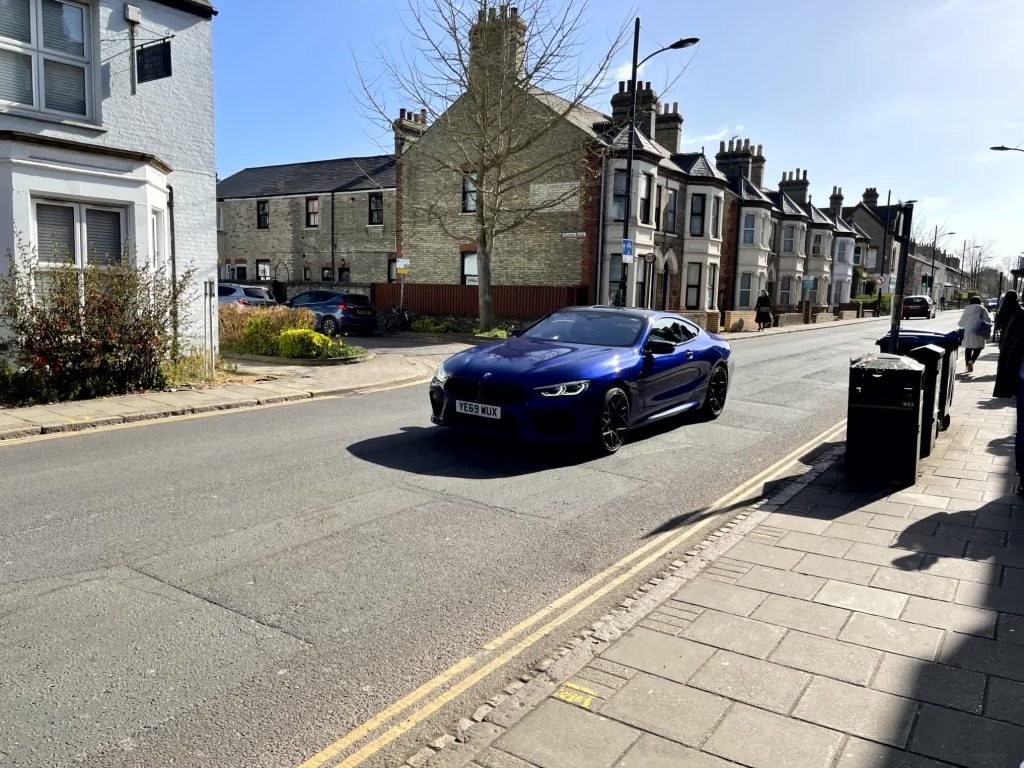
Women in Burkhas step into a supermarket. Men in white hats and white skirts queue outside a Mediterranean coffee shop selling pastries. The end of Ramadan.
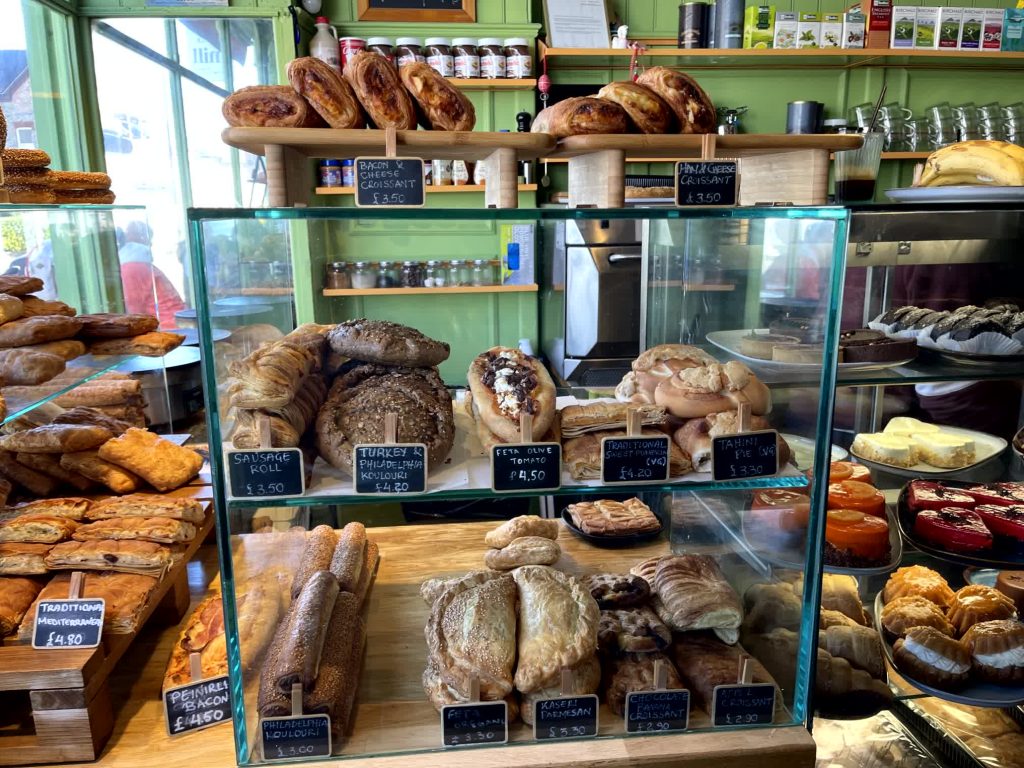

I pause and have a sausage roll. Inside it has a German wurst-style sausage and a line of tomato-puree baked into the puffed pastry.

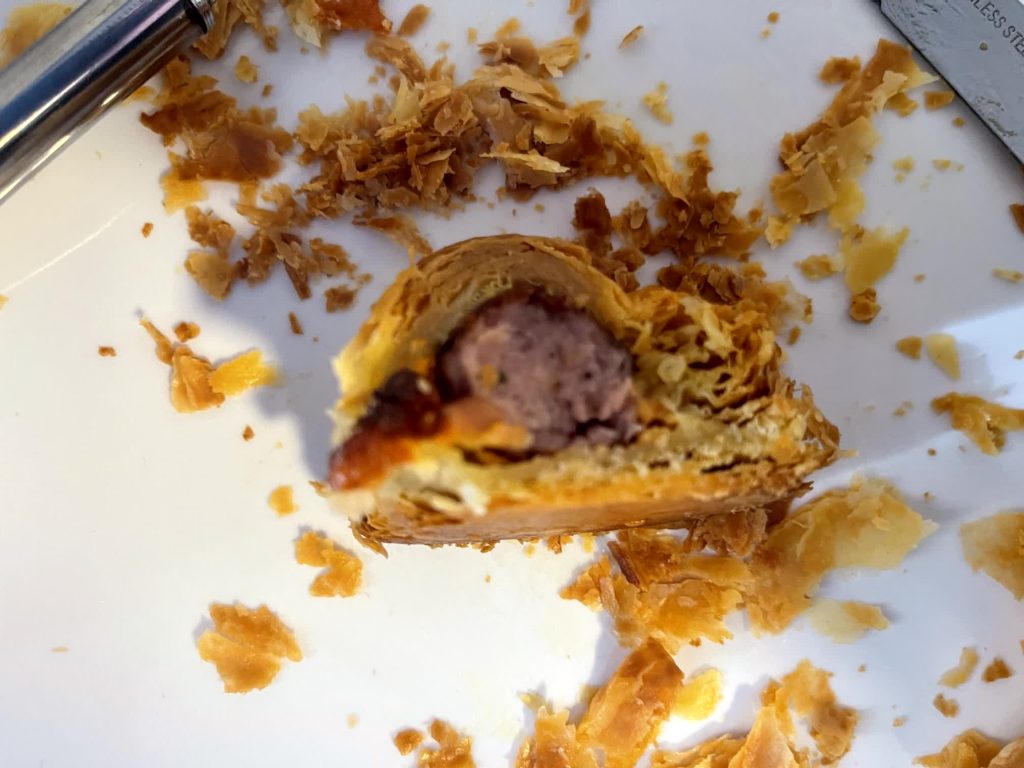
Cambridge has a population of 124,000 and with surrounding suburbs probably even greater. It will take 30 minutes to walk across the town to where I’m headed. It puts the spin on the word “university” as a group of separate teaching colleges gathered around the same area.
On my way walking , find an avenue ringing with birdsong.
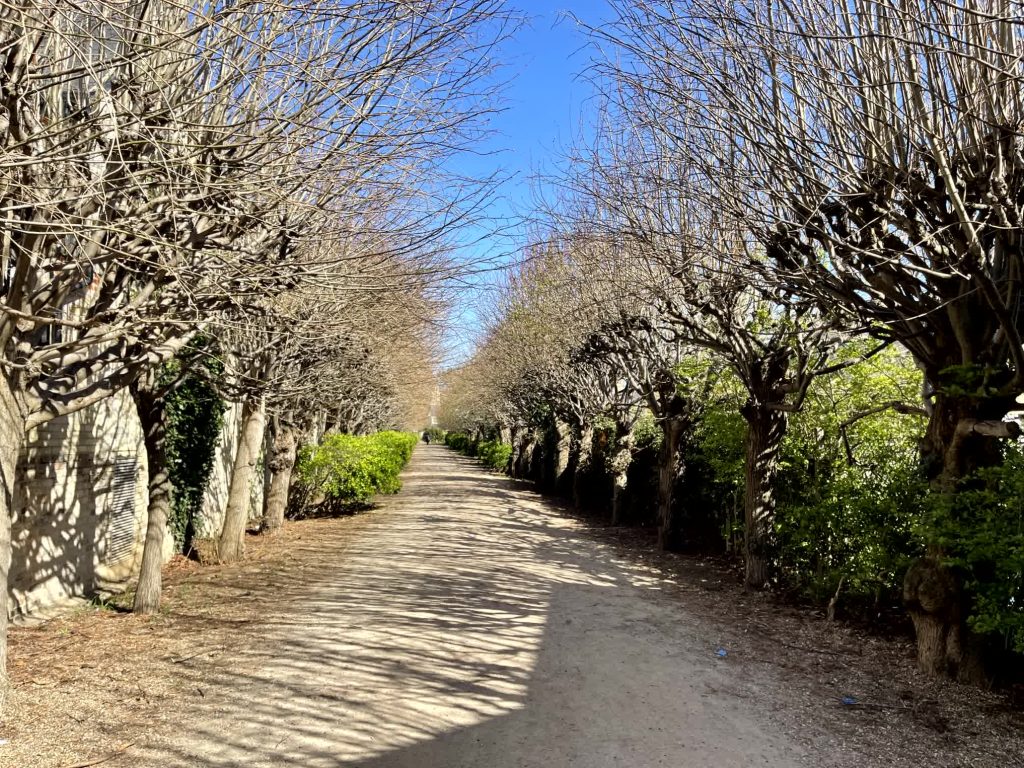
Then I come to a cemetery overgrown with brambles.
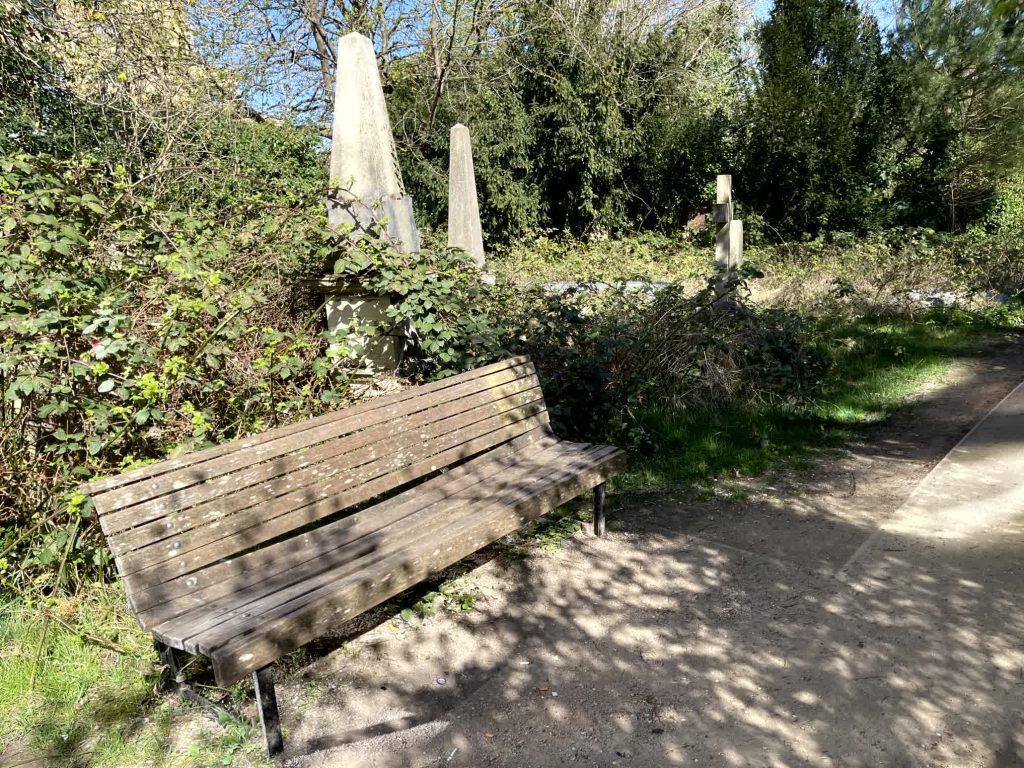
Further I come to a path near the railway and then to a mall car park, having a carpet store, baby perambulation, a Subway and M&S. In the M&S there is aisle called “Boxed Chocolate and Picnic”.
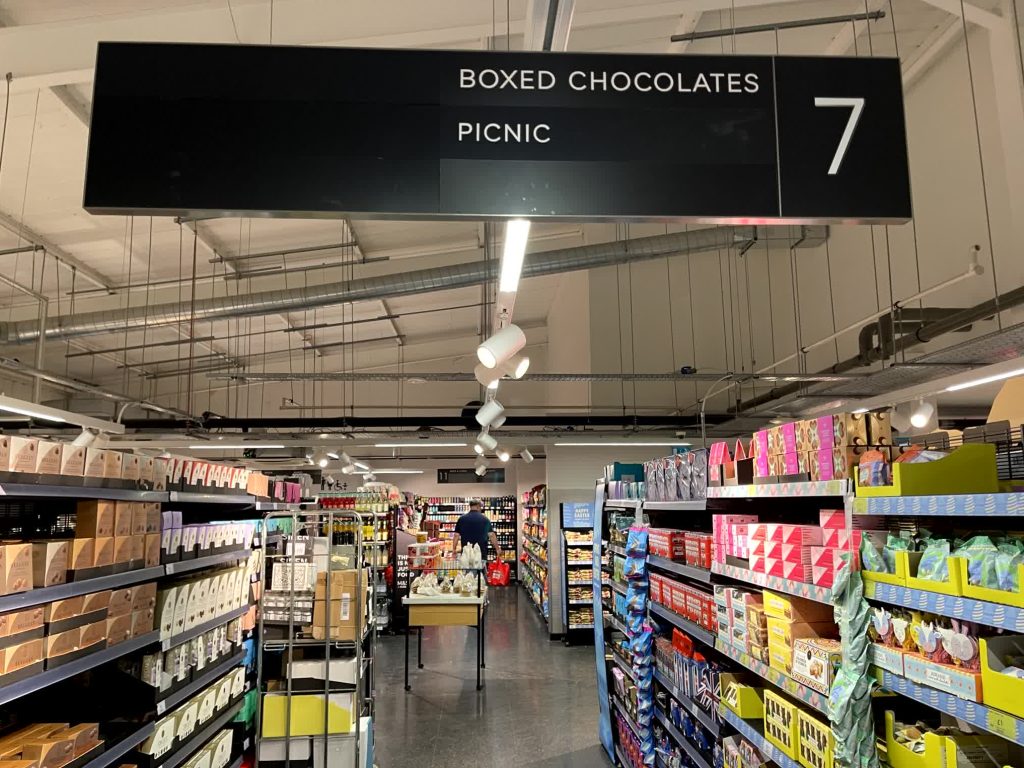
At the Cambridge Computer History Museum I am welcomed by a 16 processor on the wall made from scratch from transistors. Designed for education and inspiration, it gently rebukes me for more bringing my own hex program to run. It offers to play Tetris on a large matrix of normal size LCDs. (More photos at the link).
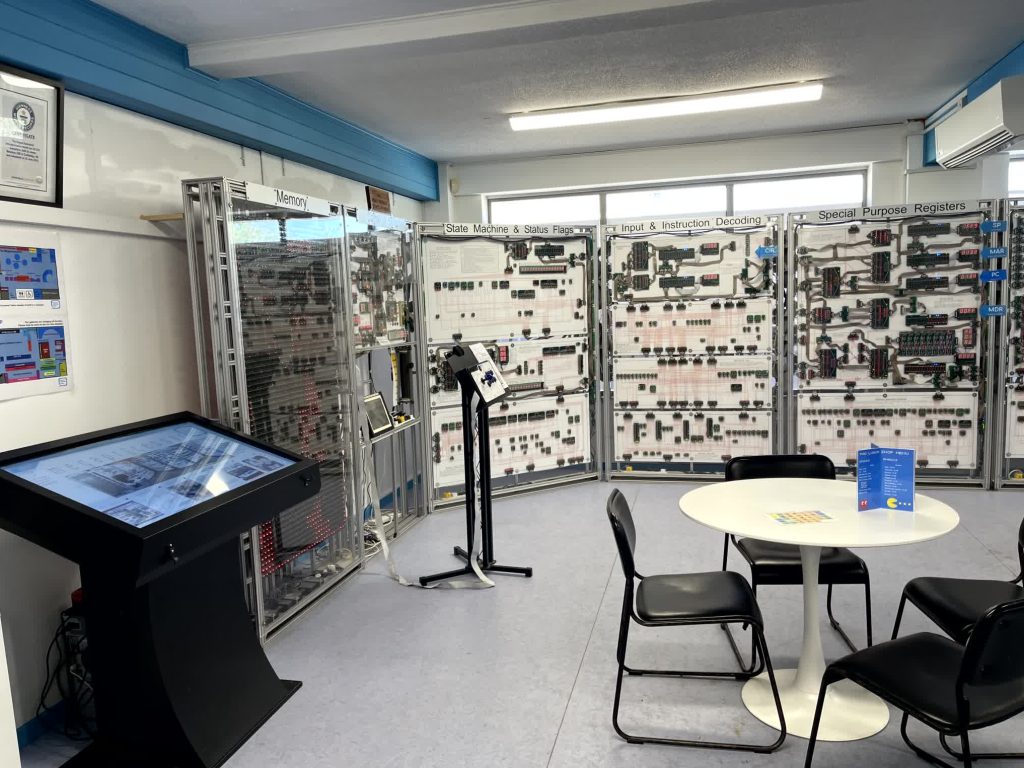
The museum invites me into a stylised 1970s office.

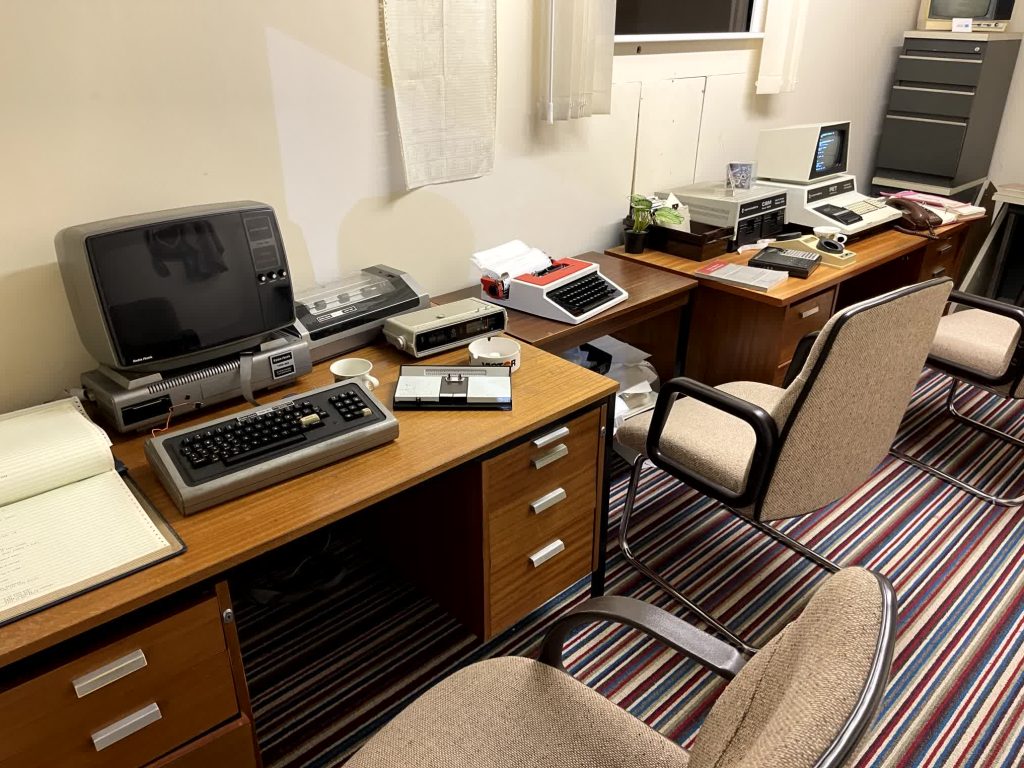
Then into a stylised 1980s computer classroom.
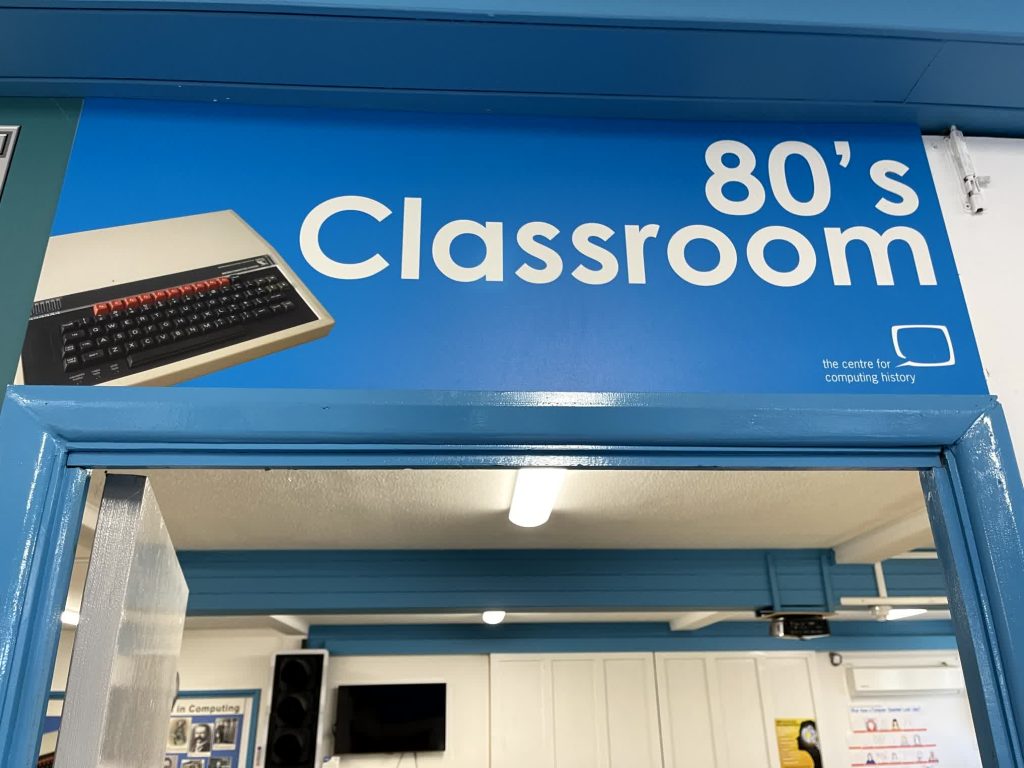
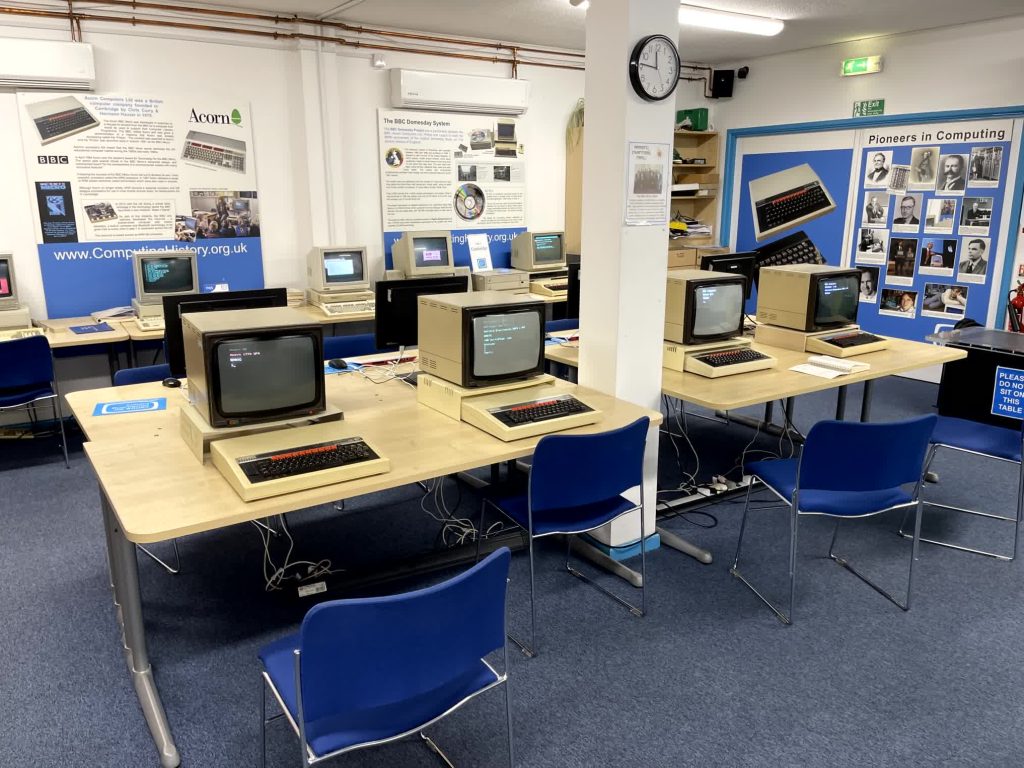
One theme is people solving the problem in front of them with the tools available. Lots of incremental improvements, but many bunched up close together. A few giants stand out. The museum wants to celebrate Sinclair and ARM as being the companies close to home.
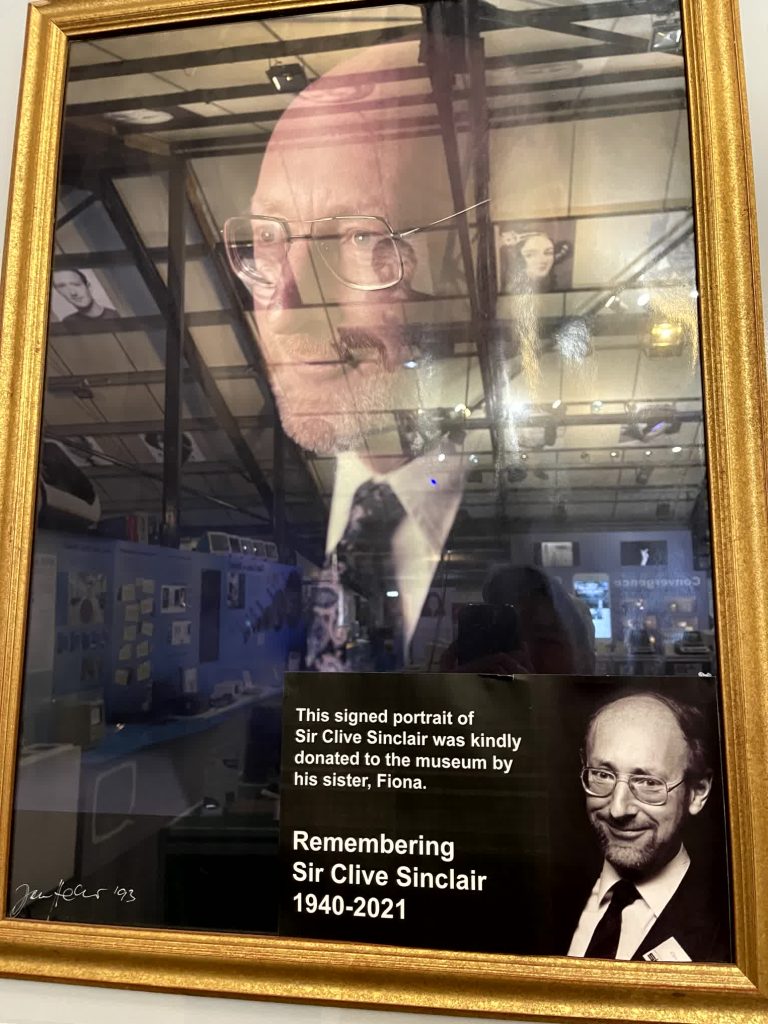
The museum notes that the British computer industry minimised to an extent in the late 1980s and a lot of the value chain moved to software. The value of computer engineers was able to be channelled into companies like ARM holdings. There was much convergence in hardware.
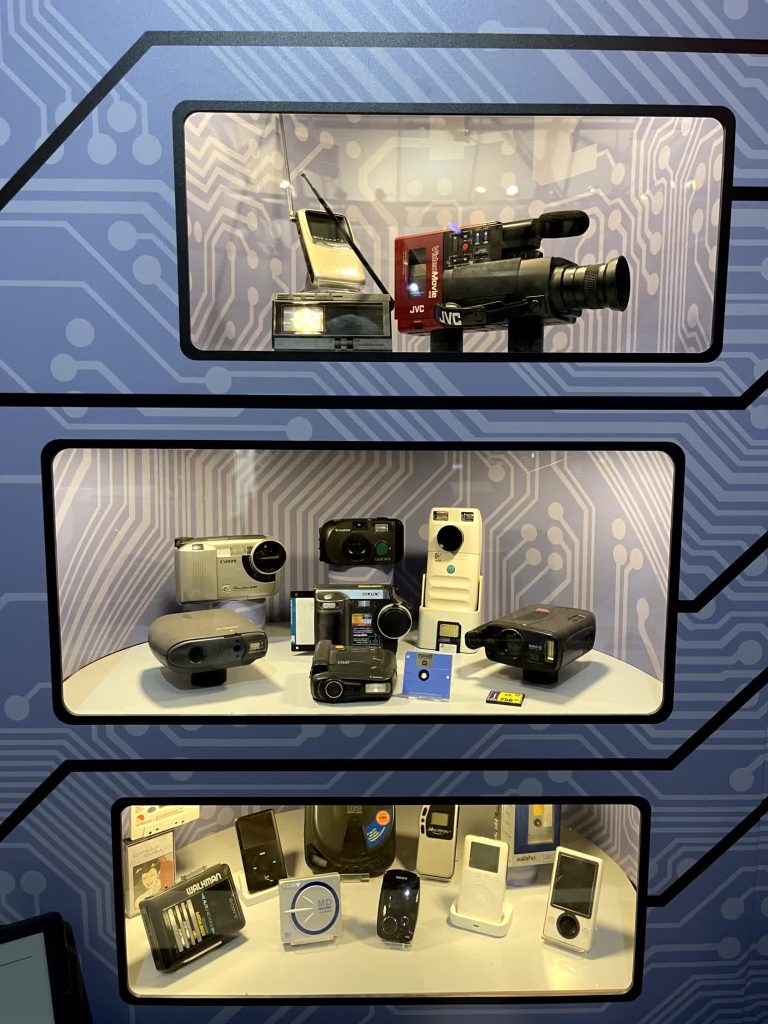
Museums are a funny mix of old bits organised into displays, nostalgia, a celebration that something significant happened and education, all constrained by the funding available.
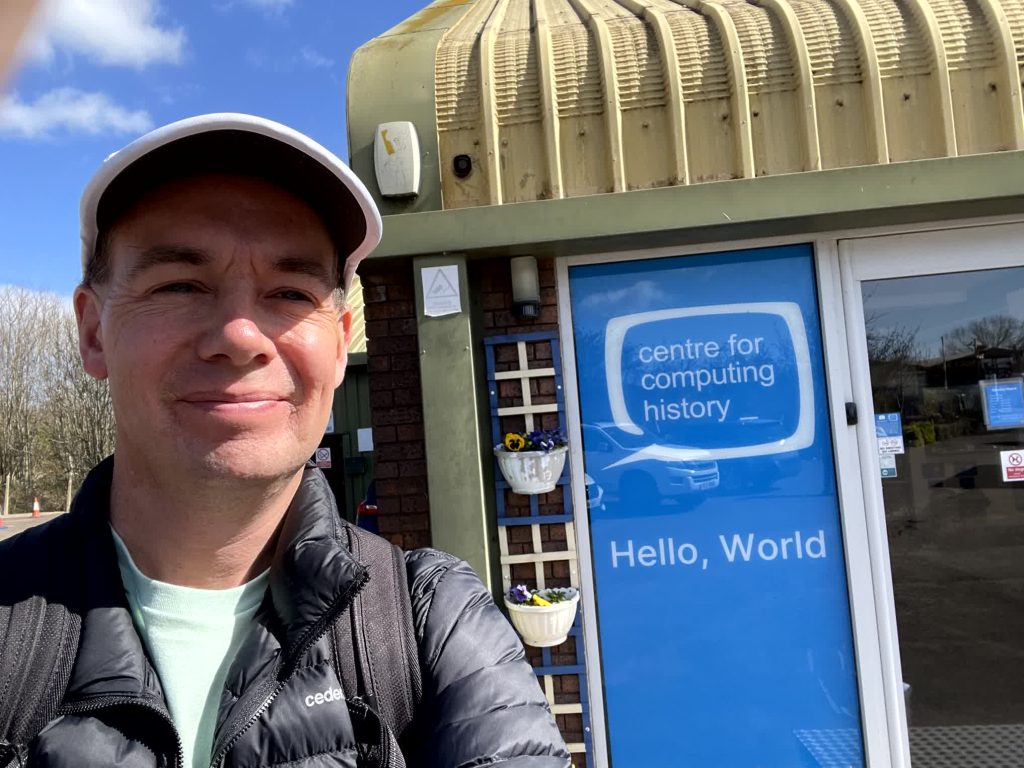
A ponder for a moment whether it helps people move forward and look to the future by looking at the past. I see a glorious past and amazing possibilities for the future but I wonder what others would see. There is so much here and too much to write about now. I’ll put most of the photos in the link.
Off to the Whipple Museum for science. A 40 min walk.
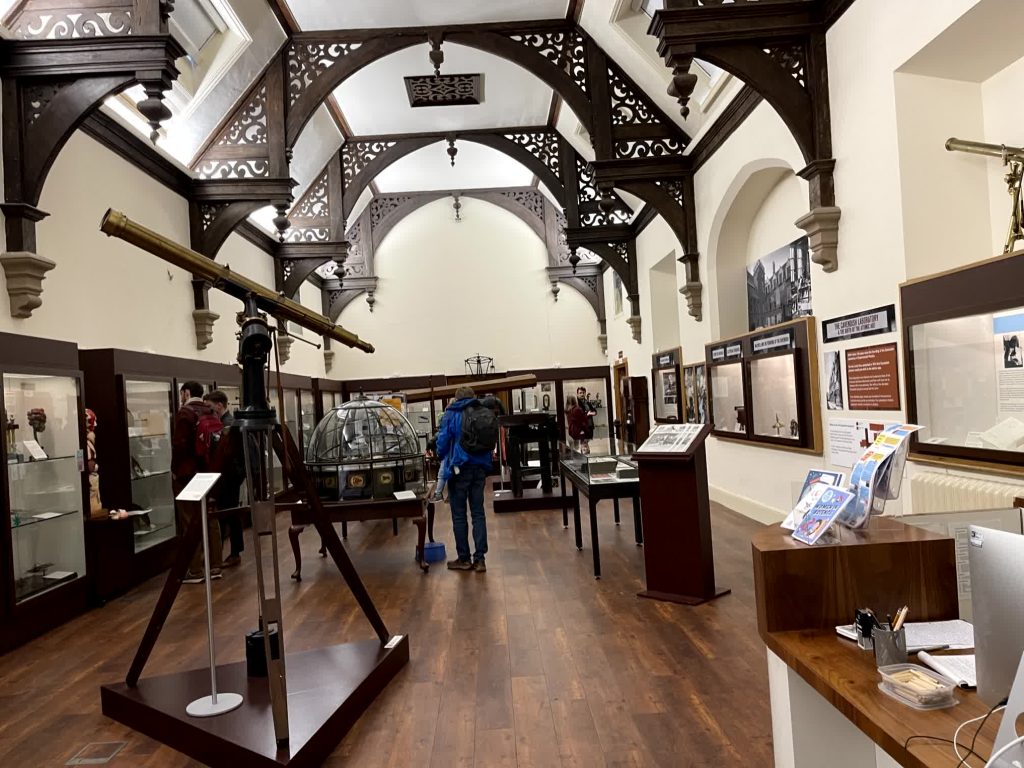
Whipple was a successful instrument-maker with a big personal collection donated in 1944 – which has been running as a museum for 80 years. It celebrates the theme of measurement in science, ie that better measurement lead to better models and understanding. (Acknowledging the role of calculation as well.)

It had an scanning electron microscope similar to the one Watson and Crick used for mapping DNA.
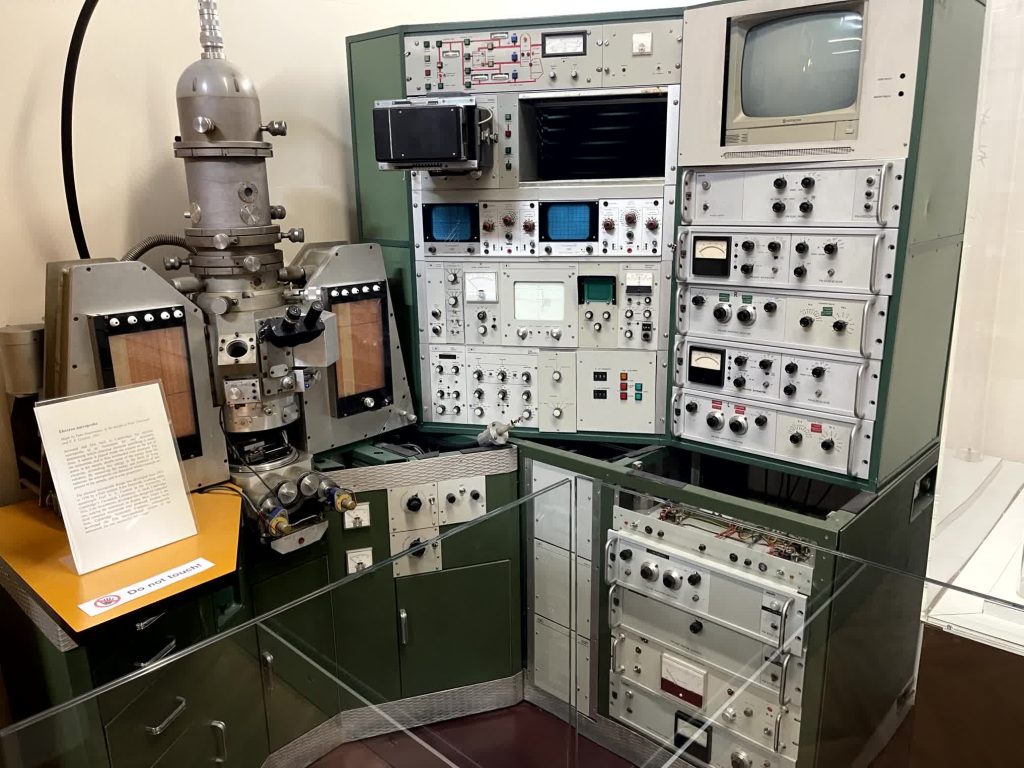
The museum also acknowledged the history and role of globes in mapping the earth, the heavens and other planets.

Walking back, I walked past more bakeries. The baking scene here is truly next level.

I walk back through a magnificent park.
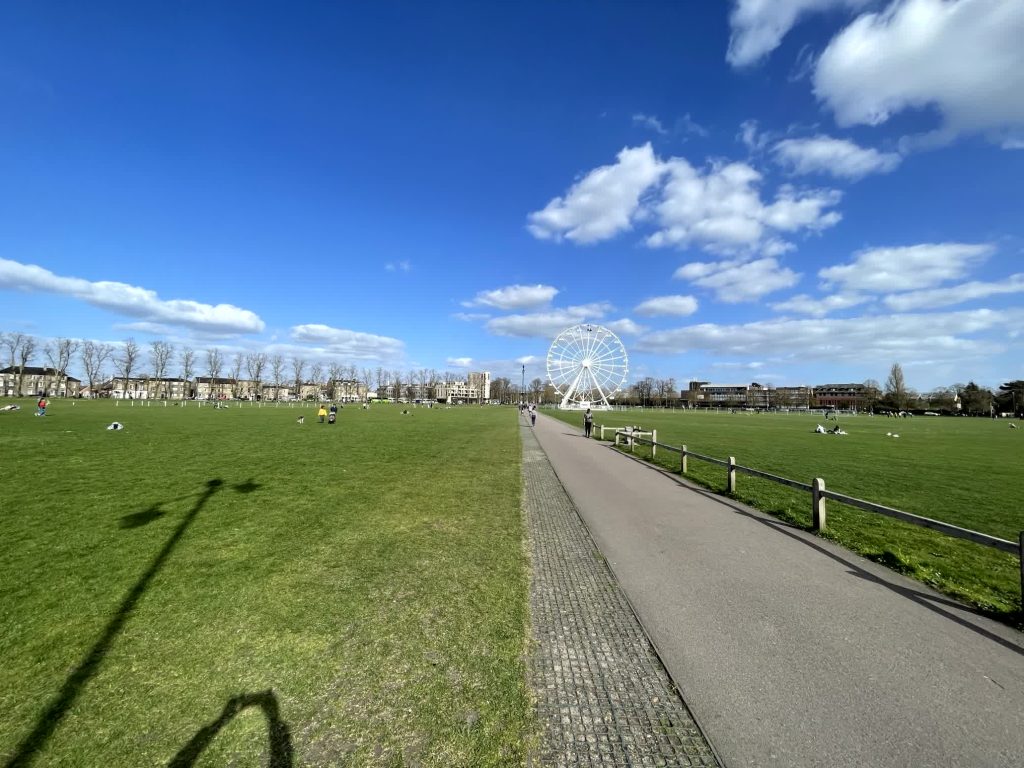
I buy a small treat for afternoon tea and later dinner dessert. It has a layer of chocolate cake, a layer of coffee cream, a layer of regular cream, and a layer of burnt caramel on top, sprinkled with chocolate shavings on the sides.
